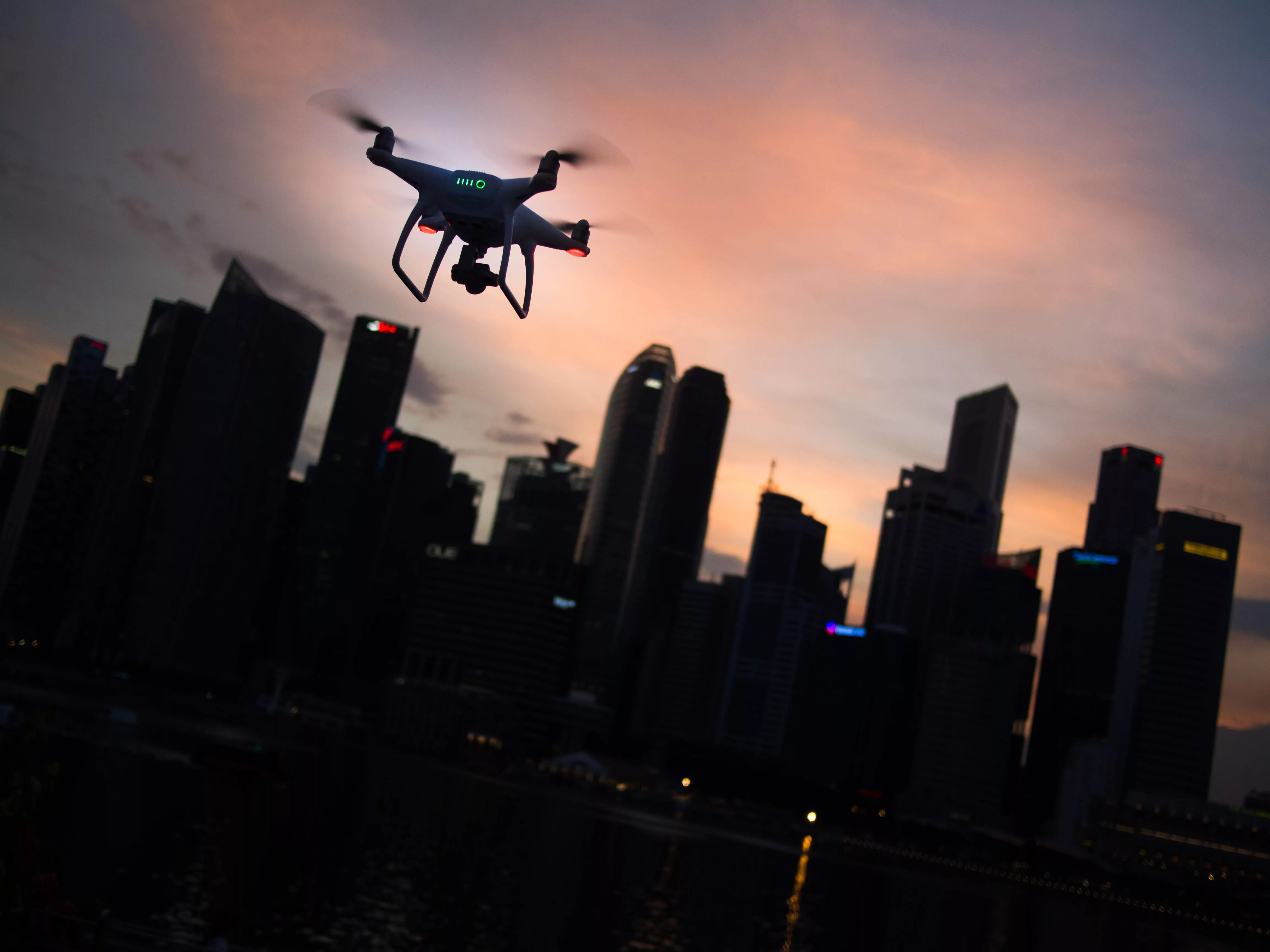The new era of 21st century security risk

Brian Jenkins, author of an article on domestic extremists, and Dr. Erroll Southers, who wrote the book Homegrown Violent Extremism, both perceive the unique threats security professionals face from technology cycles, weapons innovation and adversary evolution in the form of the homegrown violent extremism (HVE) movement in the United States. Welcome to the new era of 21st century security risk.
The modern-day domestic terrorist has shifted
On the 20th anniversary of 9/11, adversary reconnaissance is no longer a terrorist taking photos of the Brooklyn Bridge. The new scenario is the terrorist operating a $300 commercially available drone with a high-resolution video camera to deploy a 24x7x364 surveillance operation. These drones are also weapons capable, as demonstrated for years in the Afghanistan conflict. Security professionals must prepare for a new threat vector: commercially available commodity drones. The threat is both physical and digital. Convergence has merged these two domains to both commodify and commercialize surveillance, espionage and weaponry.
The nature of the adversary has also evolved. The homegrown violent extremist is an opponent that is harder to apprehend with the blessing and constitutional protections of U.S. citizenship. The NSA and CIA cannot surveille American citizens as they can foreign adversaries. The growth of the HVE movement is a new hurdle for law enforcement and security professionals in the United States.
The other ‘new’ challenge facing security professionals is that a percentage of these homegrown violent extremists are military trained. Additionally, a small subset are employed in the law enforcement community and security organizations, having passed background checks. Can you say, “Nightmare scenario?”
Dr. Southers has done pioneering work in immigrant assimilation within our country to counter homegrown extremism recruitment. He also created the John Lewis Registry to track police officer misconduct. Together these activities, while separate efforts, are creative benchmarks and should be applauded.
Dr. Southers’ career spans law enforcement, the FBI, government service and academia. His experience as a gang intervention specialist with the Santa Monica P.D. provided unique insights behind the process of assimilation into groups, gangs and potential violent and/or terror-based organizations. His term as the Deputy Director for the Protection of Critical Infrastructure of the State of California in the Schwarzenegger administration gave him expertise in fusion centers for timely intelligence sharing among law enforcement and government agencies, which was another benchmark for 21st century security operations.
Anticipating drone risks
(Global) Security operation center (GSOC/SOC) operators must incorporate rapid responses to new threat scenarios involving airspace breaches. The history of drone technology is one of reconnaissance, espionage and offensive weapons. Granted, drones have tremendous positive use cases for society (EMS, firefighting, infrastructure inspection, etc.) and must continue to advance. However, from a threat response, drone countermeasures must also be deployed proactively or we essentially ignore human nature, both the curious and the criminal. The nefarious use cases for drones range from air traffic disruption, dropping contraband into prisons, physical destruction of critical infrastructure facilities and digital breaches of corporate Wi-Fi networks. These scenarios, among others, must be anticipated and incorporated into a standard operating procedure for security teams to guard against the threats from above.
Technical capability, adversary evolution and commercial drone availability combine to expand the threat surface. It is hard to imagine a time when the issues facing law enforcement and security professionals has been more challenging. Look up… the threats are now three-dimensional.
